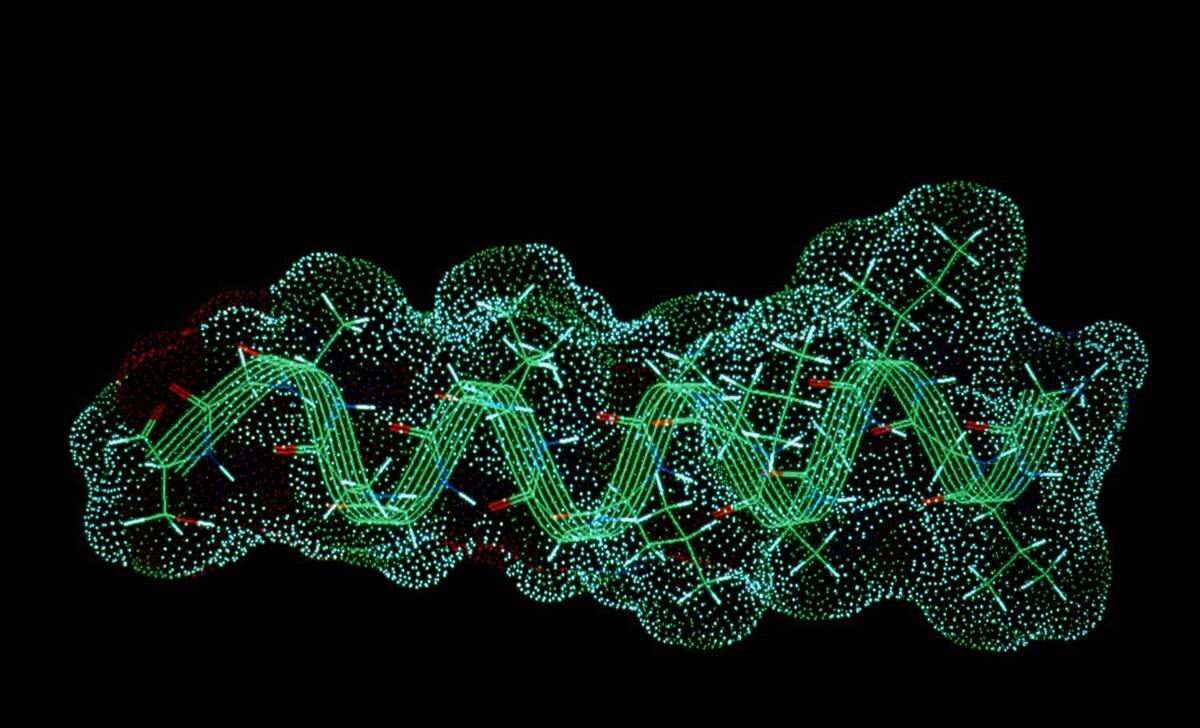Artificial Intelligence Conjures Proteins to Speed Up Chemical Reactions

This is an important step in the field of protein design as new enzymes could have many uses across medicine and industrial manufacturing. The research team devised deep-learning, artificial intelligence algorithms that created light-emitting enzymes called luciferases. Laboratory testing confirmed that the new enzymes can recognize specific chemicals and emit light very efficiently, the Nature reported.
"Living organisms are remarkable chemists. Rather than relying on toxic compounds or extreme heat, they use enzymes to break down or build up whatever they need under gentle conditions. New enzymes could put renewable chemicals and biofuels within reach," said senior author David Baker, professor of biochemistry at the University of Washington School of Medicine and recipient of the 2021 Breakthrough Prize in Life Sciences.
A team based at the Institute for Protein Design at UW Medicine devised machine-learning algorithms that can create light-emitting enzymes called luciferases. Laboratory testing confirmed that the new enzymes can recognize specific chemicals and emit light very efficiently. This project was led by two postdoctoral scholars in the Baker Lab, Andy Hsien-Wei Yeh and Christoffer Norn.
To create new luciferase enzymes, the team first selected chemicals called luciferins that they wanted the proteins to act upon. They then used software to generate thousands of possible protein structures that might react with those chemicals.
During laboratory testing, the researchers identified an efficient enzyme, dubbed LuxSit (Let there be light). The enzyme performed the desired chemical reaction. Refinement of the enzyme led to dramatic improvements in performance. An optimized enzyme, dubbed LuxSit-i, generated enough light to be visible to the naked eye. It was found to be brighter than the natural luciferase enzyme found in the glowing sea pansy Renilla reniformis.
"We were able to design very efficient enzymes from scratch on the computer, as opposed to relying on enzymes found in nature. This breakthrough means that custom enzymes for almost any chemical reaction could, in principle, be designed," said Yeh.
New enzymes could benefit biotechnology, medicine, environmental remediation, and manufacturing. For example, in biotechnology, enzymes can improve biofuel production, food processing, and pharmaceutical manufacturing. In medicine, enzymes can serve as therapeutic and diagnostic tools. Enzyme design can improve the environment by breaking down pollutants or cleaning up contaminated sites. And enzymes may also aid in the production of new materials such as biodegradable plastics and adhesives.
This research was led by UW School of Medicine scientists and included collaborators at the University of California, Los Angeles.
4155/v





















